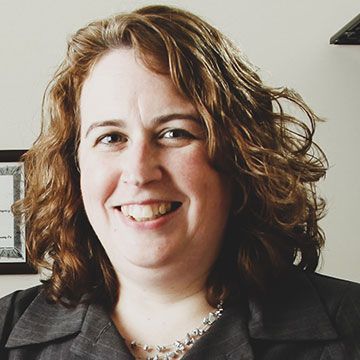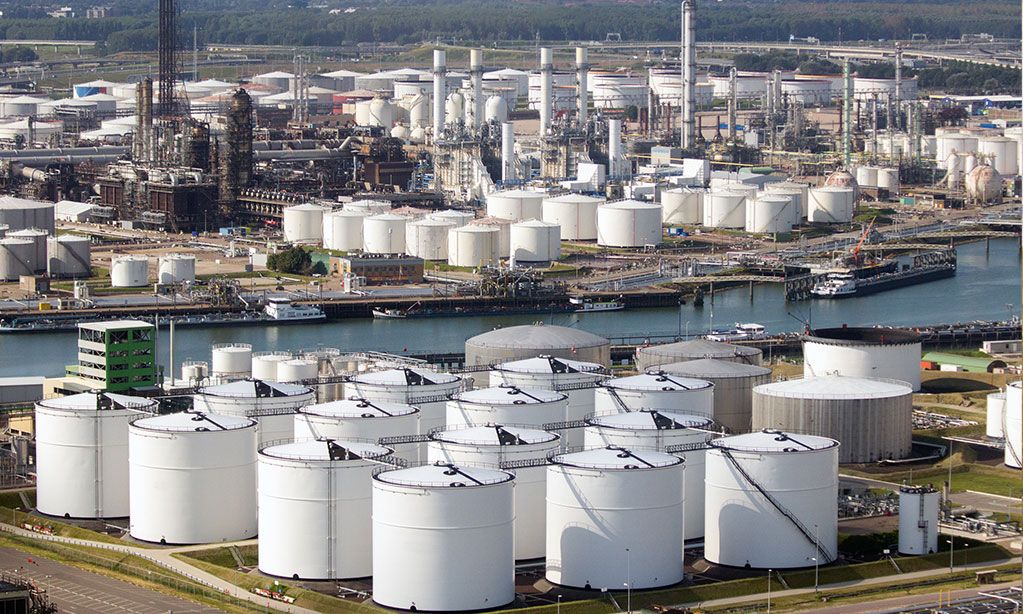
RECENT POSTS

SPCC 40 CFR 112
More narrow in applicability than Stormwater regulations, the Spill Prevention Control and Countermeasures (SPCC) rule aims at keeping all types of oil out of the nation’s waters. “Oil” has a very broad definition:
“Oil means oil of any kind or in any form, including, but not limited to: fats, oils, or greases of animal, fish, or marine mammal origin; vegetable oils, including oils from seeds, nuts, fruits, or kernels; and, other oils and greases, including petroleum, fuel oil, sludge, synthetic oils, mineral oils, oil refuse, or oil mixed with wastes other than dredged spoil” 40 CFR 112.2.
Applicability
The SPCC rule applies to non-transportation related, onshore facilities that drill, produce, gather, store, process, refine, transfer, distribute, use or consuming oil and petroleum products and could “reasonably be expected” to discharge oil in “quantities that may be harmful” to navigable waters or shorelines.
Facilities that have the potential to store:
-
1,320 total gallons of oil or petroleum in containers, totes, aboveground storage tanks or oil-filled equipment that can hold 55 or more gallons
-
More than 42,000 gallons of oil or petroleum products in underground (completely buried) storage tanks must prepare a SPCC plan. Note that the rule calls out the potential to store. If you have a 2,000 gallon aboveground storage tank, you cannot skirt the requirements of the rule by saying that you only ever store 500 gallons in it.
Rule Requirements
SPCC plans must identify all locations where oil is stored, handled, transferred and used onsite. It must also outline the proactive procedures, practices, etc. that will be used to prevent oil spills.
Secondary containment plays a key role in SPCC planning. Facilities must plan for general secondary containment that addresses the most likely discharge from containers, tanks and/or oil-filled equipment. They must also plan for specific secondary containment which addresses the worst case scenario discharge from containers and tanks.
Secondary containment methods may be passive or active. Passive containment methods are preferred because they do not require a person to deploy or activate them. Fabricated secondary containment sumps are an example. Active containment methods require someone to deploy them. Using absorbents to contain a spill is an example. When a facility chooses active containment methods, they must ensure that they have adequate personnel onsite at all times to deploy the chosen solutions.
Although the focus is on spill prevention, plans must also include spill response preparations and managerial commitment of resources to clean up any oil that is discharged. Any employee who uses/stores/handles/transfers oil is an “oil handler” and must receive training on how to prevent and respond to spills as well details about the facility’s SPCC plan.
Subscribe for Updates:
Sign up here to get the latest news, rules, and regulations and delivered right to your inbox.